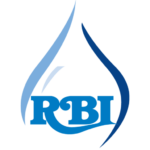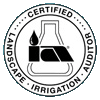Self-Watering Planters
One of the most common mistakes gardeners make is over watering plants. Self-watering planters are an alternative way to make watering more efficient and to prevent over-watering. These types of planters have a reservoir to hold water at the bottom and if kept filled the soil maintains a consistent level of moisture. Self-watering containers can increase plant health and yield and help prevent fungus and disease.
Self-watering planters are the perfect solution if you can’t keep up with the needs of your plants, if you travel, or if your plants are in a difficult to reach location. Plants thrive because they receive the amount of water they need. There are many choices of stylish self-watering containers for your flowers and plants. Some are on wheels, some offer water leveling indicators.
These planters are helpful unless you forget to add water as the soil will dry out. Generally, these plants can go several days without watering.
Some self-watering planters are more advanced and have a larger reservoir and a tube with a water level indicator. The water is either wicked up naturally or through the use of drip irrigation. Drip irrigation or micro irrigation is the most efficient system to take care of your flowerpots and container plants. It offers the most value, best control and water conservation. Properly installed, drip irrigation systems use less water, because water is applied directly where the plants need it most. Drip irrigation extends watering times for plants and prevents soil erosion and nutrient runoff.
There are different types of drip irrigation systems based upon the types of coverage your plants need. Drip irrigation system offers slow and even water delivery, it is a smart choice for shrubs, vegetable patches, and flowerbeds-especially in sandy soils and arid climates. Drip systems equipped with mini-sprayers or micro-spray heads can be an efficient way to irrigate trees, large shrubs, and narrow or irregularly shaped lawns.
Contact us to get more information on self-watering planters and drip irrigation.







